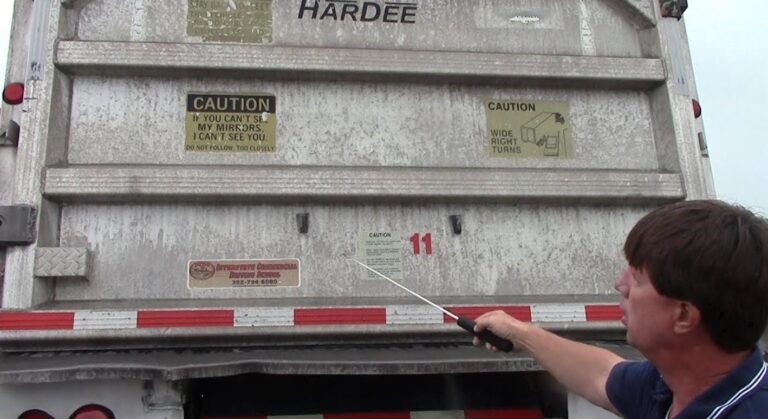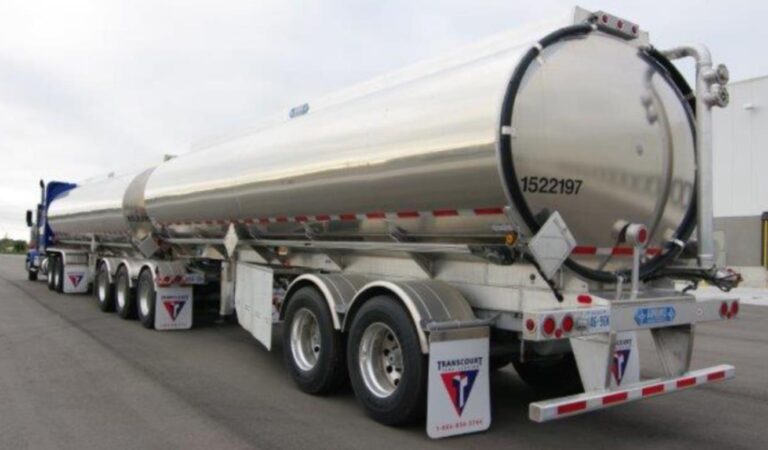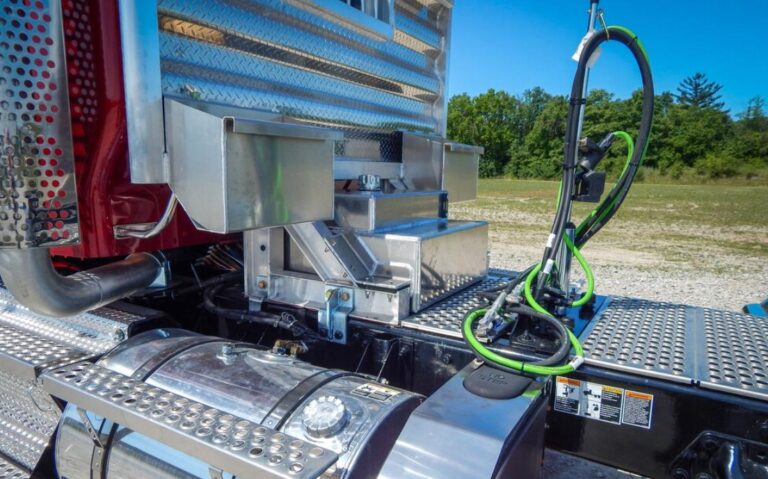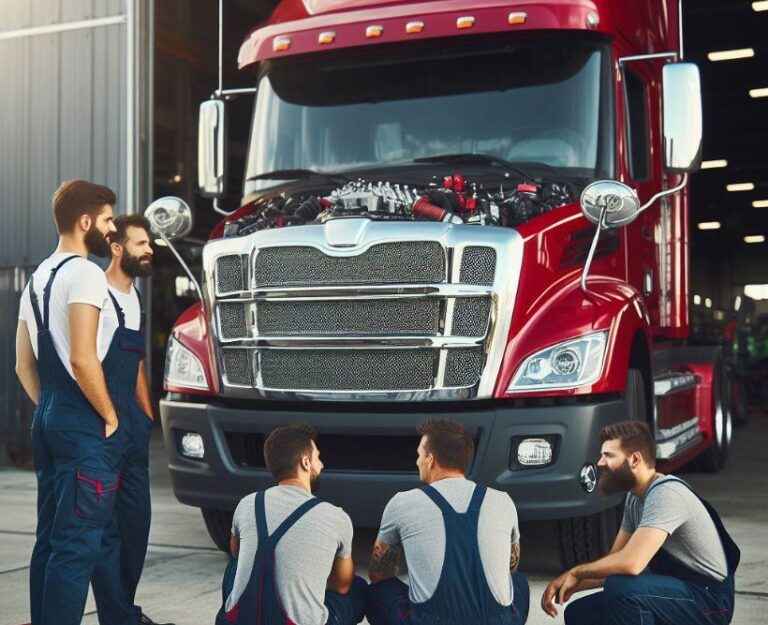What Is A Transfer Case On A Truck? A Complete Breakdown
Let’s start our today’s topic “What Is A Transfer Case On A Truck?” When it comes to trucks and their performance, a transfer case is a crucial component that should never be overlooked. Acting as the central hub in a 4×4 system, the transfer case takes mechanical power from the transmission and distributes it to both the front and rear axles.
Understanding what a transfer case is and how it functions can elevate your truck’s performance to the next level.
Key Takeaways
- A transfer case is a crucial part of a 4×4 system.
- It distributes power from the transmission to both front and rear axles.
- Types of transfer cases include part-time, full-time, and electronic.
- Maintenance and common issues are essential to be aware of.
- The purpose of a transfer case varies depending on the type of driving being done.
What Is A Transfer Case On A Truck?
A transfer case on a truck is a specialized component of the drivetrain that distributes power from the transmission to both the front and rear axles, allowing for four-wheel or all-wheel drive.
It enables the driver to switch between two-wheel drive and four-wheel drive, optimizing performance for different driving conditions.
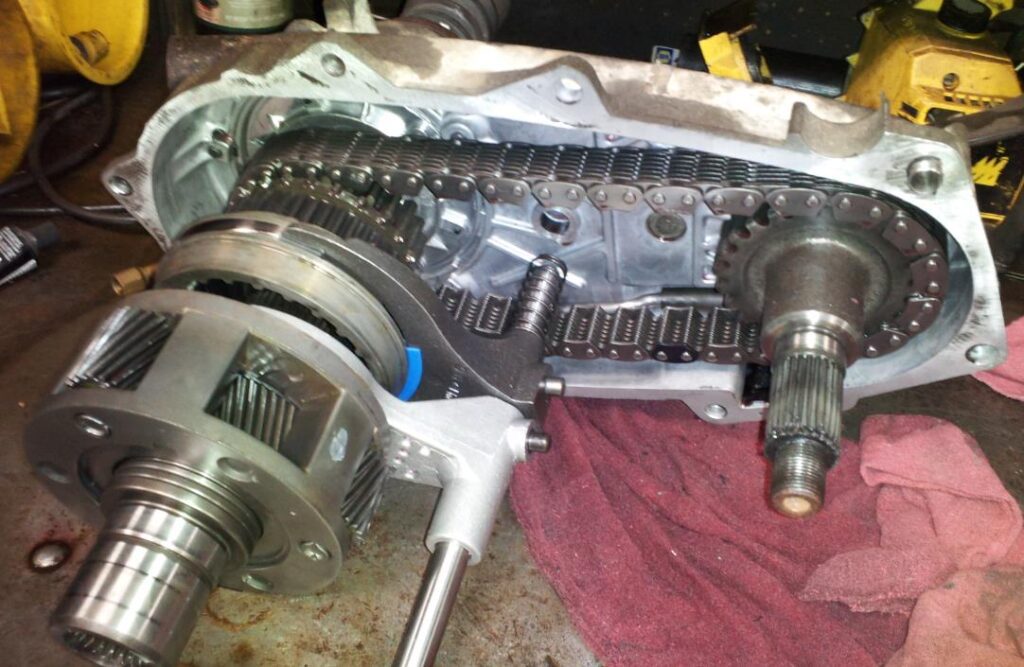
What Is A Transfer Case?
In simple terms, a transfer case is a device that splits the engine’s power to both the front and rear axles of the truck.
Found primarily in 4×4 and other all-wheel-drive vehicles, it is an essential part of the drivetrain that gives your truck its off-road and overlanding capabilities.
Functions of a Transfer Case
- Power Distribution: It takes mechanical power from the transmission and distributes it to the front and rear axles.
- Neutral State: Some transfer cases offer a neutral setting, disengaging both axles for towing.
- Gear Reduction: In some models, the transfer case also provides gear reduction, aiding in off-road capabilities.
Types of Transfer Cases
Various types of transfer cases are tailored to suit different needs and driving conditions.
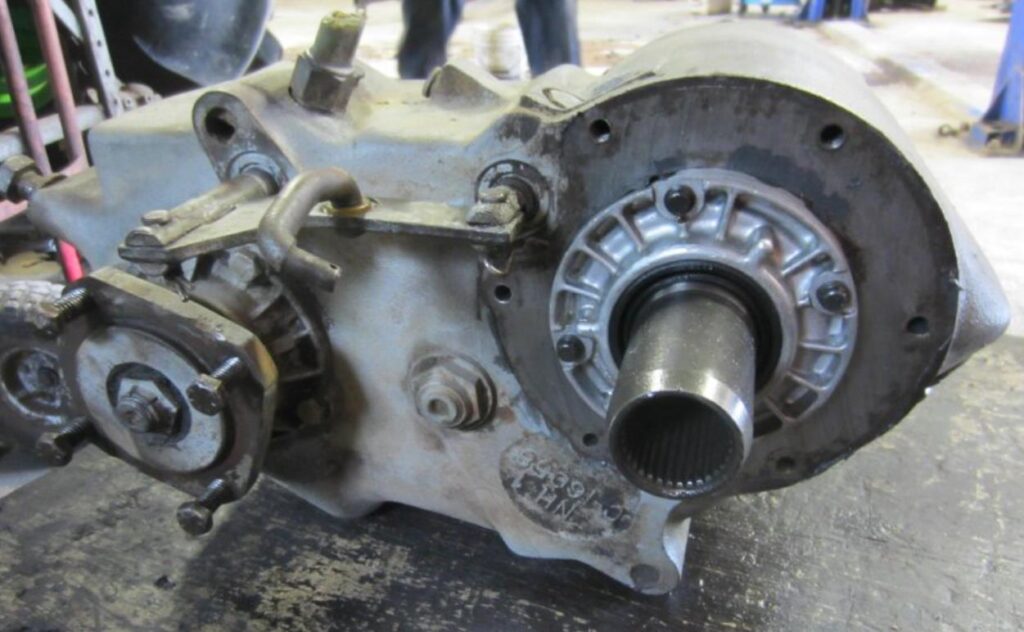
Part-Time Transfer Cases
Part-time transfer cases are the most straightforward and commonly found in older 4×4 models. In these, you need to manually engage the 4×4 system.
Full-Time Transfer Cases
Full-time transfer cases are always engaged, offering both high and low gear ranges. These are found in modern, luxurious trucks and SUVs.
Electronic Transfer Cases
These are controlled electronically, usually via a switch or a dial in the truck’s interior, allowing for a seamless transition between 2WD and 4WD.
Importance of a Transfer Case
Understanding the importance of a transfer case can make a significant difference in how you utilize your truck.
Off-Roading
In off-roading situations, the transfer case is indispensable. It ensures that the power is adequately distributed, providing optimal traction.
Towing and Hauling
For towing heavy loads, some transfer cases offer a lower gear ratio, providing more torque and power.
Maintenance and Common Issues
Keeping your transfer case in good shape is crucial for the longevity and performance of your 4×4 system.
Regular Oil Changes
Just like any other mechanical component, a transfer case needs its oil to be changed regularly.
Common Issues
- Leaks
- Worn-out Bearings
- Gear Problems
How To Choose A Transfer Case?
When choosing a transfer case, it’s crucial to consider what you’ll mainly be using your truck for—off-roading, towing, or both.
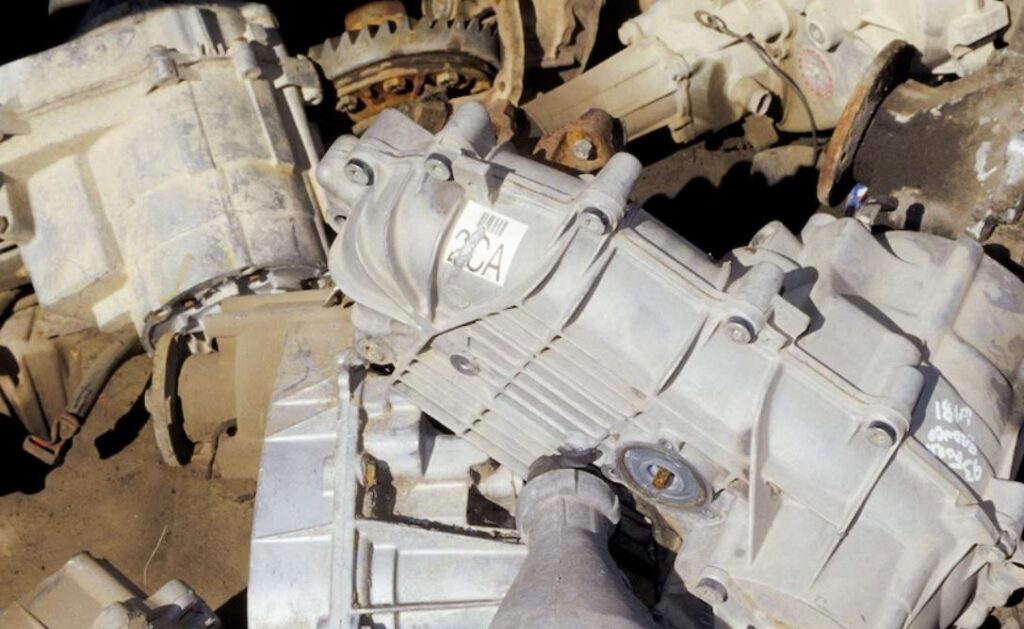
Budget and Brand
High-end brands typically offer more durable and advanced transfer cases.
Type of Driving
The type of driving you’ll be doing—whether off-road, on highways, or towing—will dictate the kind of transfer case you’ll need.
Advanced Technology in Modern Transfer Cases
Adaptive Control Systems
Some of the latest transfer cases come with adaptive control systems. These systems automatically adjust the torque distribution between the front and rear axles based on road conditions and driving style, providing the best performance and fuel economy.
Synchronized and Unsynchronized Shifts
In older models, the driver had to manually synchronize the transfer case, usually requiring a complete stop.
However, modern transfer cases often offer synchronized shifts that allow you to shift ‘on-the-fly’ without stopping the vehicle.
Benefits of Transfer Cases with Multiple Speeds
Better Fuel Efficiency
Transfer cases with multiple speeds can offer better fuel efficiency during highway driving by operating in a high-range mode that uses less power.
Improved Off-Road Performance
With multiple speed settings, you can adjust the torque distribution for specific off-road conditions, making it easier to navigate challenging terrains.
How to Identify Transfer Case Issues?
Knowing the early signs of transfer case problems can save you time and money.

Unusual Noises
Listen for grinding or clunking noises, especially when shifting gears.
Difficulty in Shifting
If the transfer case is malfunctioning, you may experience difficulty or stiffness when shifting between 2WD and 4WD.
Replacement and Aftermarket Options
OEM vs Aftermarket
When replacing a transfer case, you have the option to choose between OEM (Original Equipment Manufacturer) or aftermarket products.
While OEM parts are generally more expensive, they offer guaranteed compatibility and usually come with a warranty.
Rebuilt vs New
Rebuilt transfer cases are a cost-effective alternative to new ones but make sure they have been thoroughly inspected and come with a warranty.
How Transfer Cases Work?
A transfer case plays a central role in a four-wheel-drive (4WD) or all-wheel-drive (AWD) vehicle like a truck.
When engaged, it takes mechanical power generated by the engine and channeled through the transmission, and then redistributes this power to both the front and rear axles, allowing all four wheels to move simultaneously.
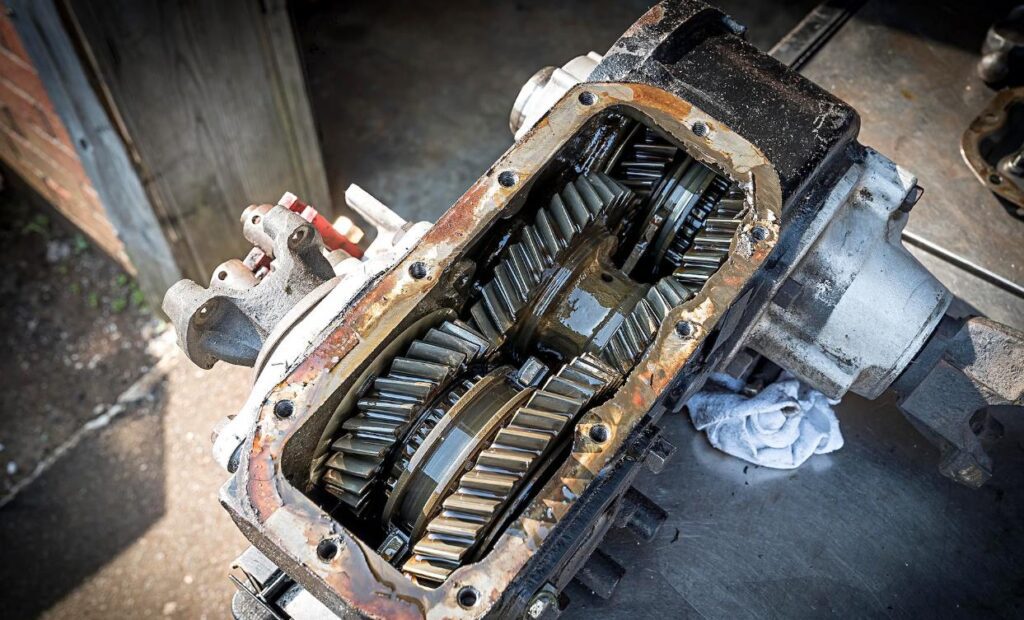
The Internal Mechanism
Inside a transfer case, you’ll find a set of gears that manage the power split between the front and rear axles.
The specific gear ratio depends on whether you are in a high or low gear setting, typically selected through a lever or electronic switch in the vehicle’s cabin.
In the low gear setting, the transfer case provides a gear reduction that gives the vehicle more torque and less speed, which is useful for off-roading.
Engagement Systems
Transfer cases may be either manually operated, requiring the driver to physically move a lever, or electronically controlled with a dashboard-mounted selector that can switch between 2WD and 4WD. Some advanced systems automatically adjust the torque distribution based on driving conditions.
What Happens When A Transfer Case Goes Bad?
When a transfer case malfunctions, the consequences can range from minor inconveniences to severe mechanical issues that could leave you stranded.
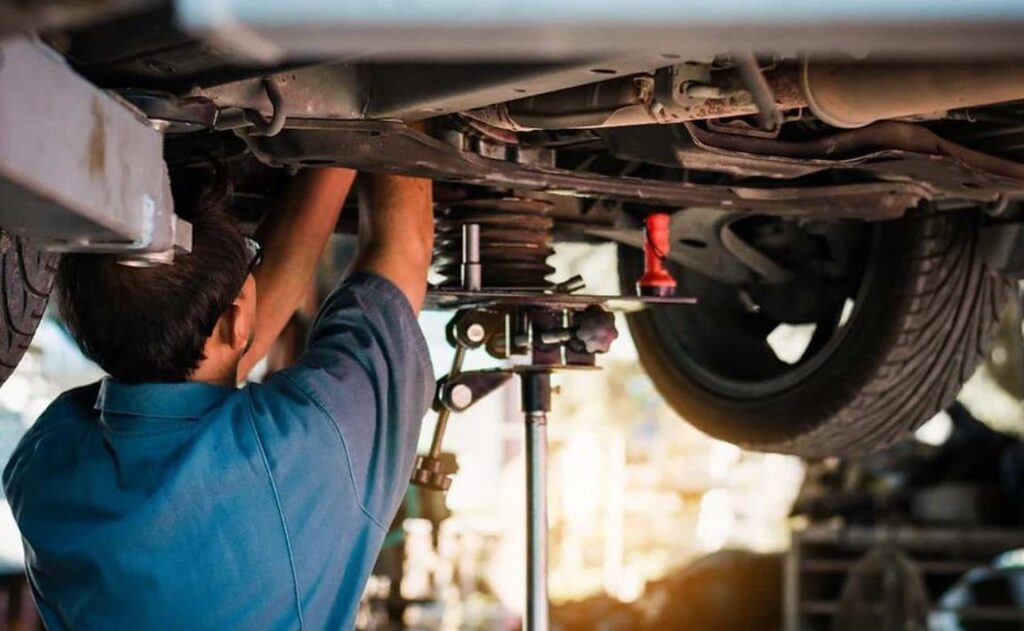
Loss of Power to the Axles
One of the first signs that something is wrong may be the loss of power to either the front or rear axles.
Since the transfer case is responsible for distributing engine power to both axles, a malfunction could disrupt this process, affecting your vehicle’s performance.
Strange Noises
Unusual sounds, such as grinding or clunking, often accompany transfer case issues. These noises can be a sign of internal damage to the gears or bearings within the transfer case.
Fluid Leaks
The presence of leaking fluid underneath your vehicle is a red flag. Transfer cases require lubrication to function correctly, and a leak can quickly lead to internal damage due to insufficient lubrication.
Handling and Stability Issues
A failing transfer case can also result in the vehicle behaving unpredictably while driving, particularly when turning.
You might notice that the vehicle seems to “drag” or resist changes in direction, which can be a hazardous situation.
How Much Does It Cost To Replace A Transfer Case?
Replacing a transfer case can be a considerable expense, primarily depending on the make and model of your truck, as well as whether you opt for a new, used, or rebuilt unit.
Cost Breakdown
- New Transfer Case: Expect to pay anywhere from $1,200 to $2,500 for the part alone. Labor costs can add another $300 to $800, depending on the complexity of the job and local labor rates.
- Used or Rebuilt Transfer Case: These can range from $500 to $1,500 for the part. Labor will likely still be in the $300 to $800 range.
- Additional Costs: Don’t forget other expenses like taxes, shop supplies, and potential costs for additional parts that may need replacing during the process, such as seals or gaskets.
It’s essential to get a detailed estimate upfront and to consult multiple service providers for the best rates.
Can I Still Drive My Truck With A Bad Transfer Case?
Driving with a faulty or damaged transfer case is strongly discouraged. While you might be able to drive short distances, it’s a risky endeavor that could result in the following:

Consequences
- Loss of Vehicle Control: A malfunctioning transfer case can disrupt the distribution of power to the wheels, affecting your ability to control the vehicle.
- Further Damage: Driving with a bad transfer case can cause additional damage to other drivetrain components, increasing repair costs.
- Total Breakdown: In worst-case scenarios, a failing transfer case could seize up, leaving you stranded on the road.
If you suspect your transfer case is failing, it’s imperative to get your vehicle inspected and repaired as soon as possible.
How Important Is A Transfer Case On A Truck?
The importance of a transfer case in a 4WD or AWD truck cannot be overstated. It’s a critical component that affects not just your vehicle’s performance but also its safety and reliability.
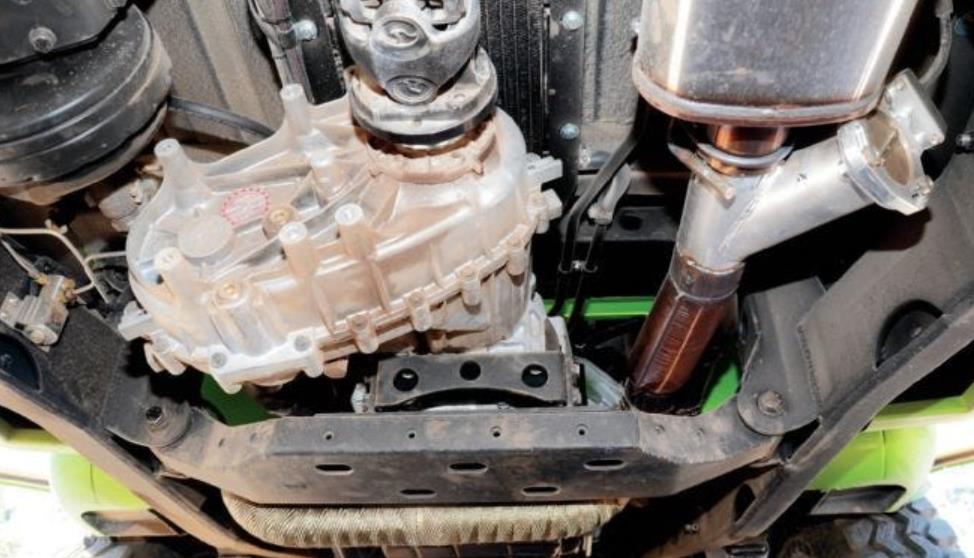
Role in Performance
- Torque Distribution: The transfer case ensures that torque is evenly distributed between the front and rear axles, providing optimal grip and stability.
- Driving Modes: Most modern transfer cases allow you to switch between 2WD and 4WD, offering flexibility for different driving conditions.
Safety Considerations
- Traction: In slippery or uneven terrains, a functioning transfer case can significantly improve traction, reducing the risk of accidents.
- Vehicle Control: A malfunctioning transfer case can make the vehicle hard to control, especially at high speeds or when taking turns.
Given the vital role a transfer case plays, regular maintenance and prompt repairs are essential for any truck owner.
Conclusion
In conclusion, a transfer case is a vital component that greatly influences a truck’s performance, especially in 4×4 systems.
Whether you’re into off-roading, towing, or everyday commuting, understanding the types and maintenance requirements of transfer cases can significantly enhance your driving experience.
Top FAQ’s
How Often Should Transfer Case Fluid Be Changed?
For most trucks, it’s recommended to change the transfer case fluid every 30,000 to 60,000 miles. However, always refer to your truck’s owner manual for specific guidelines as maintenance schedules can differ based on the make and model.
Is It Expensive to Replace a Transfer Case?
The cost of replacing a transfer case can vary widely depending on whether you opt for a new, rebuilt, or aftermarket unit. On average, you can expect to pay anywhere between $1,000 to $3,000, including labor charges. Always get a quote before proceeding with the replacement.
Can I Upgrade My Transfer Case for Better Off-Roading?
Yes, several aftermarket transfer cases are specifically designed for off-roading and overlanding. These units offer features like higher gear ratios and better durability for tackling challenging terrains. However, make sure to consult with a qualified technician for compatibility and installation.
Does 2WD Use the Transfer Case?
In a two-wheel-drive (2WD) setting, the transfer case is generally bypassed, and power is sent only to one set of wheels—either the front or the rear, depending on your truck’s configuration. In this mode, the transfer case is essentially inactive.

Welcome to the exhilarating world of Matt Rex, a professional car racer turned renowned vehicle enthusiast. Immerse yourself in his captivating blog as he shares heart-pounding adventures, expert reviews, and valuable insights on cars, trucks, jets, and more. Fuel your passion for speed and discover the beauty of vehicles through Matt’s engaging stories and meticulous expertise. Join the ever-growing community of enthusiasts who find inspiration and expert advice in Matt Rex’s blog—a digital hub where the thrill of speed meets the pursuit of knowledge.


